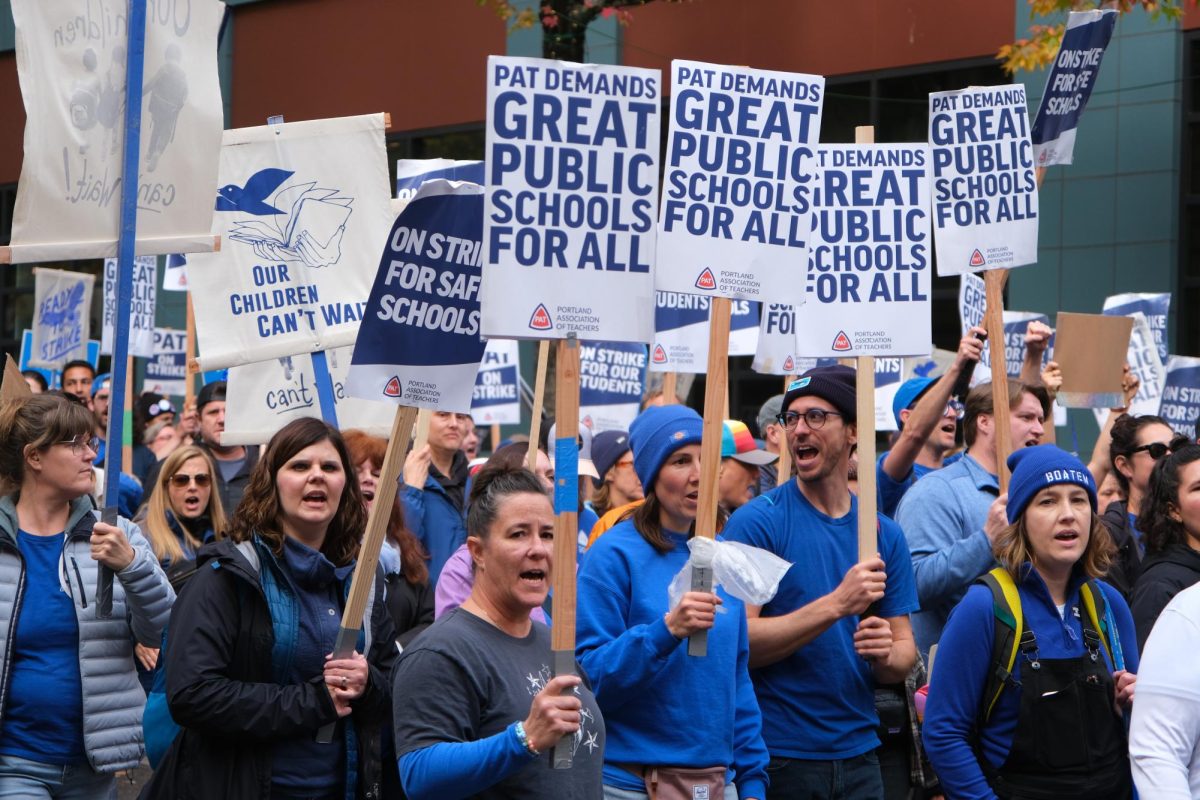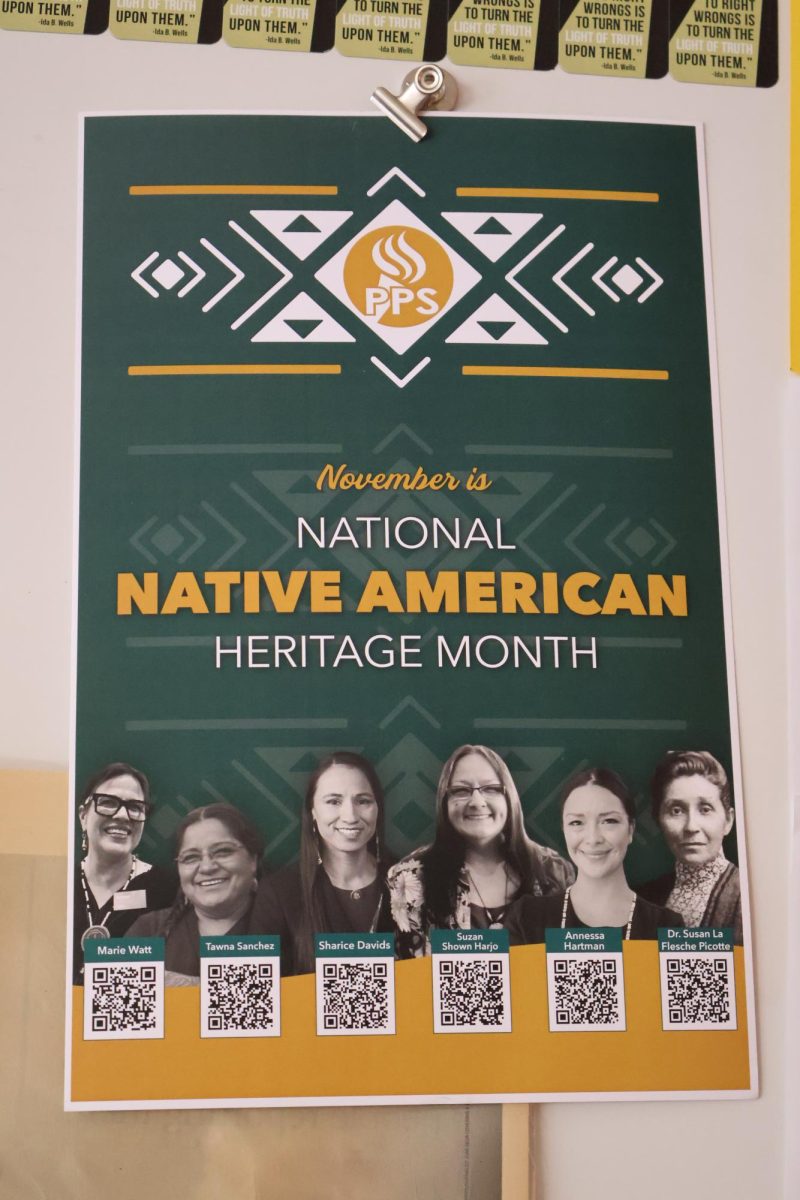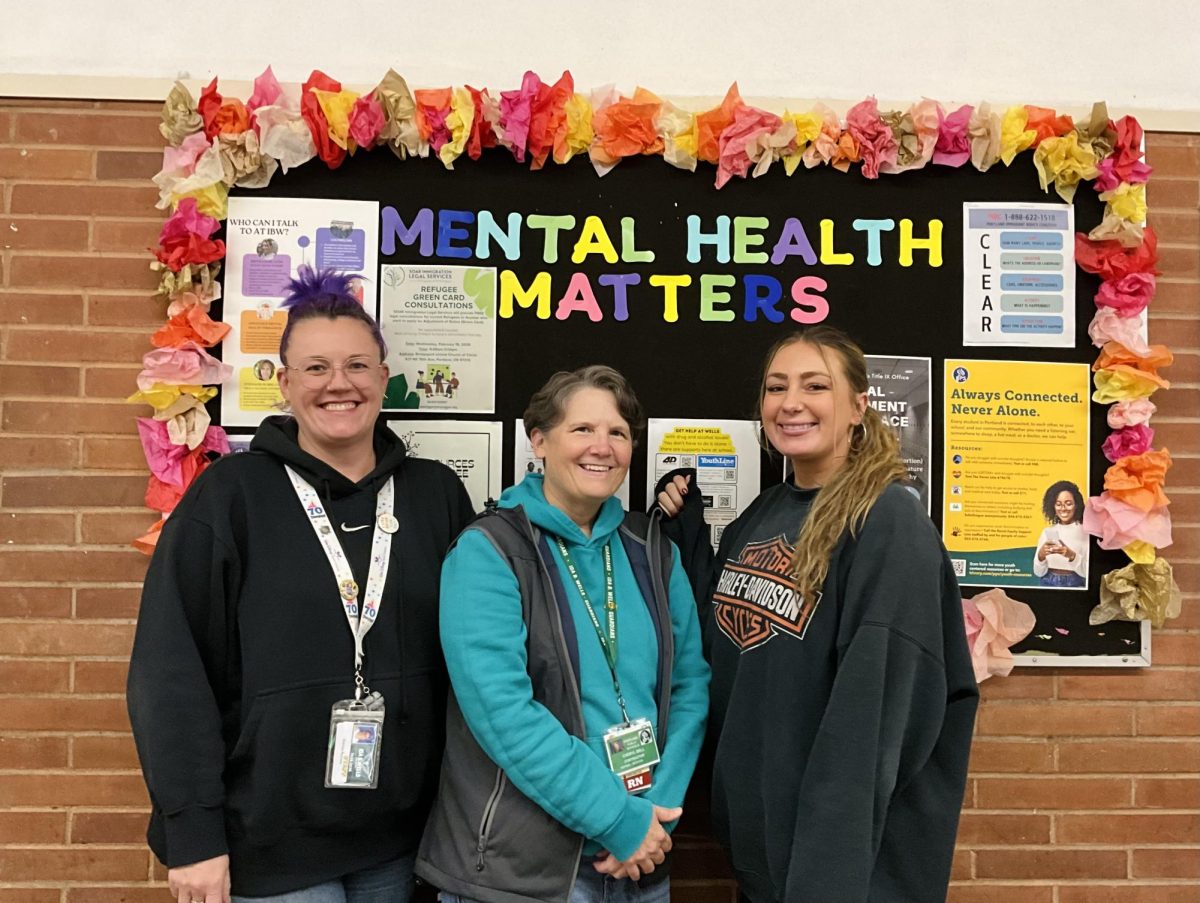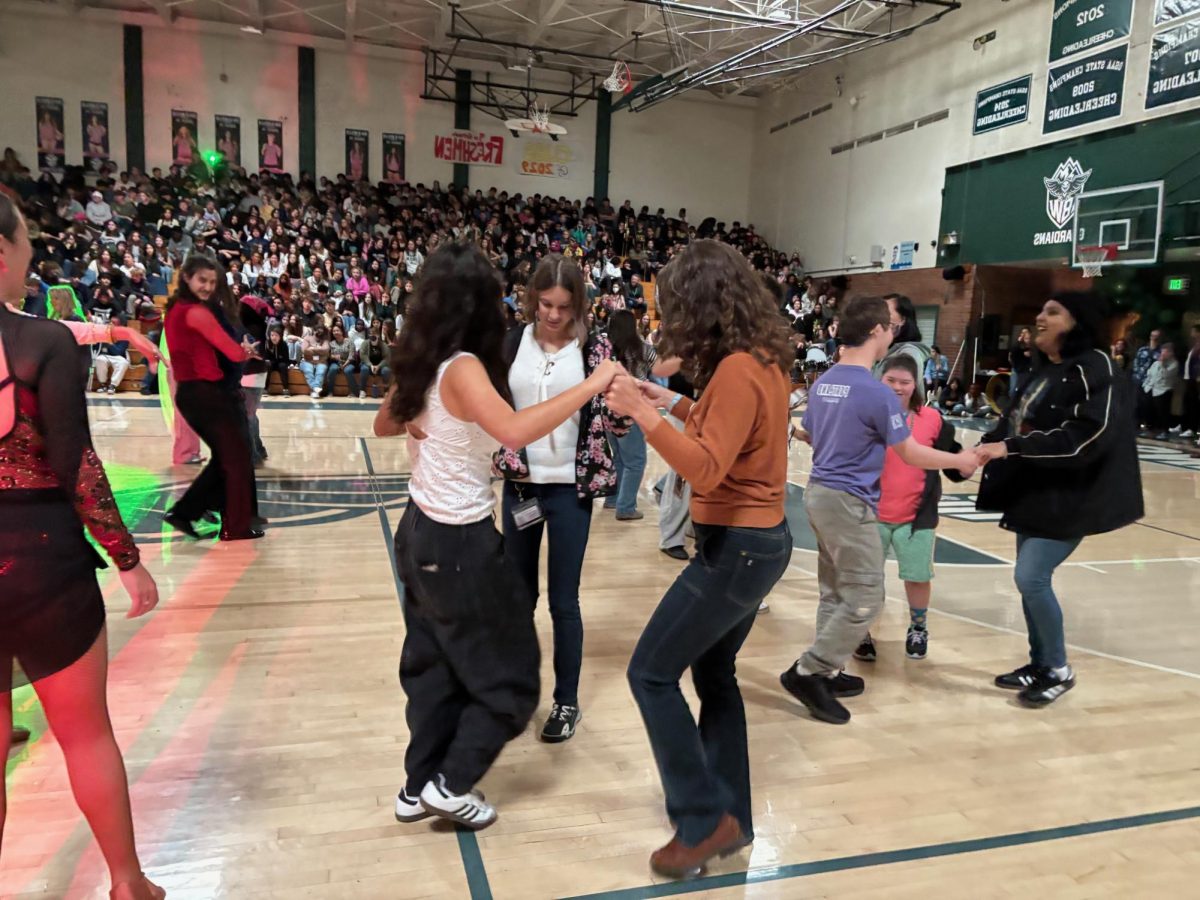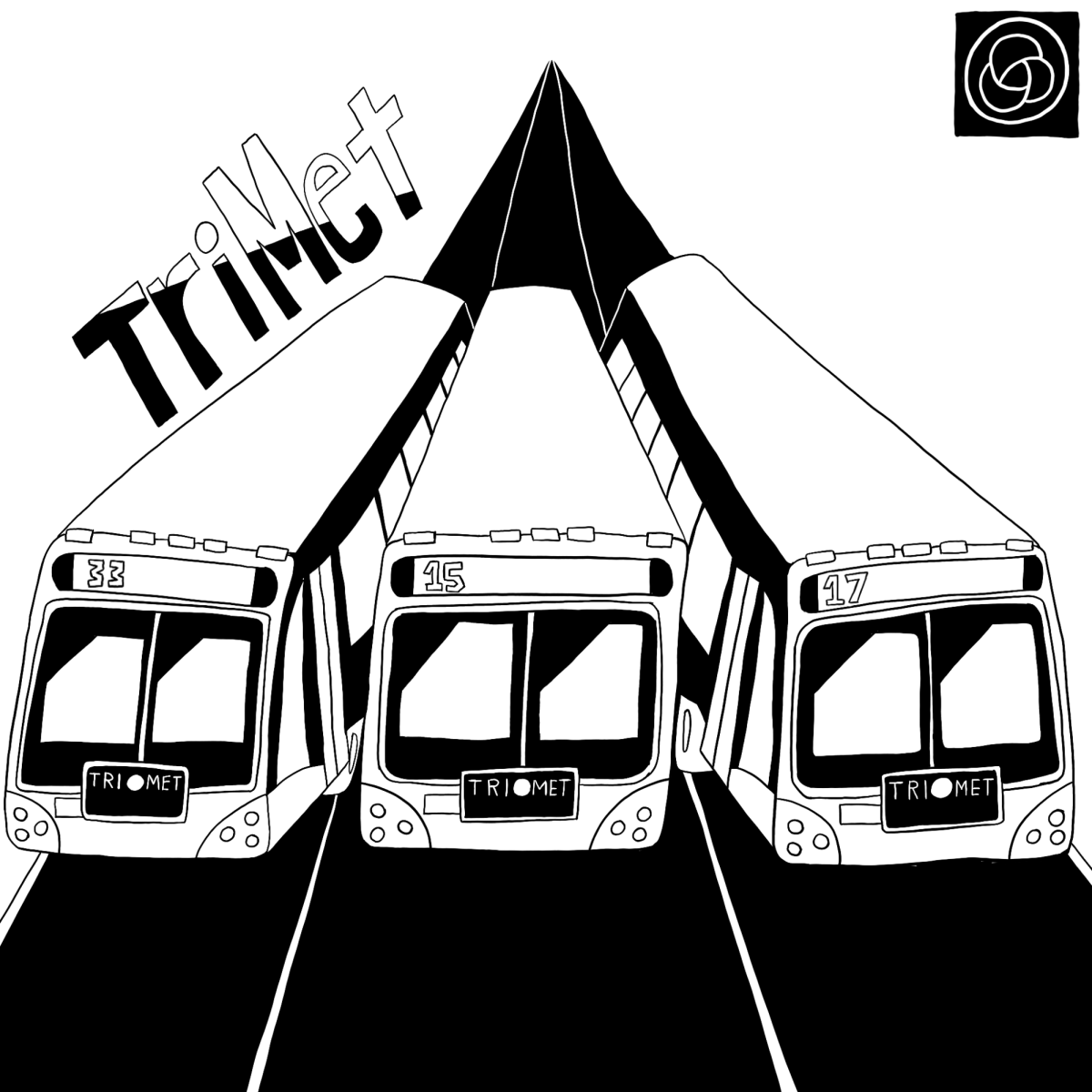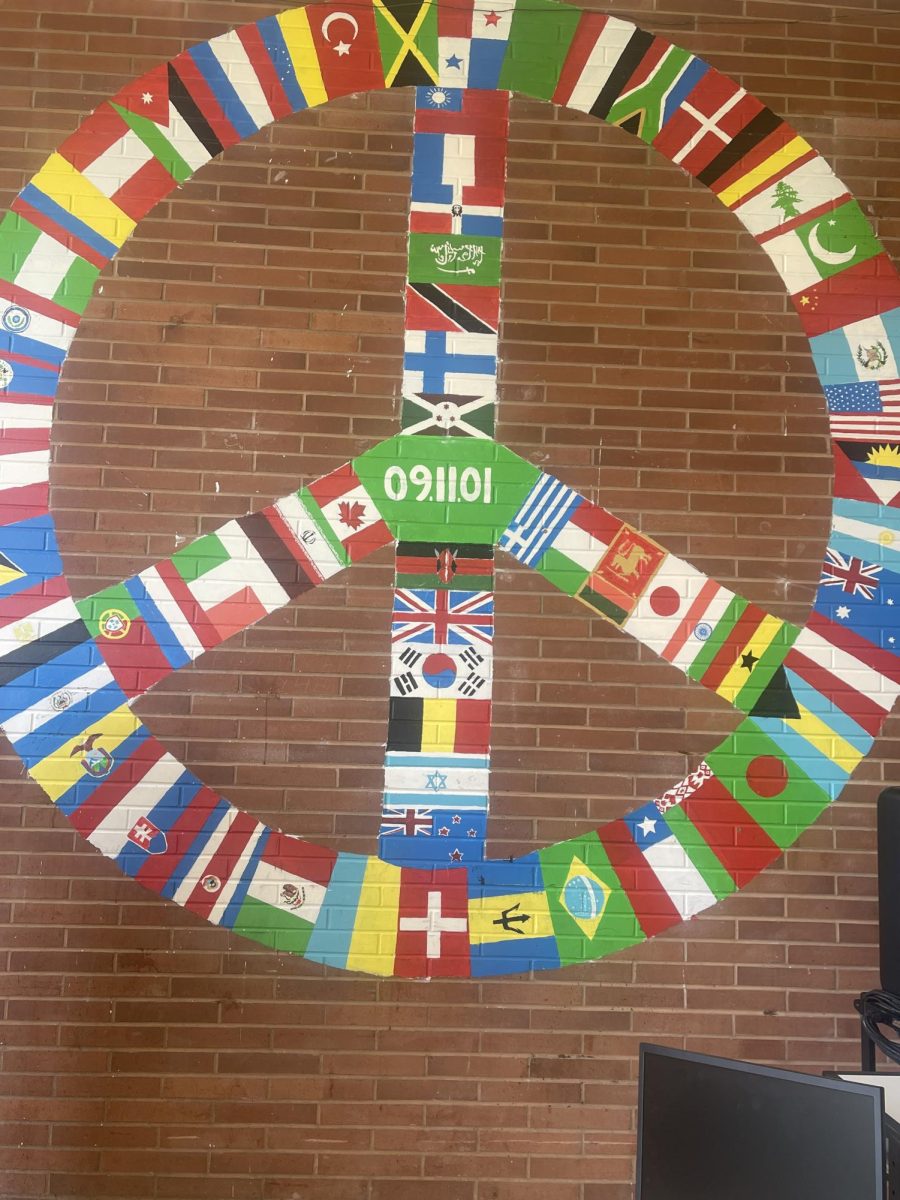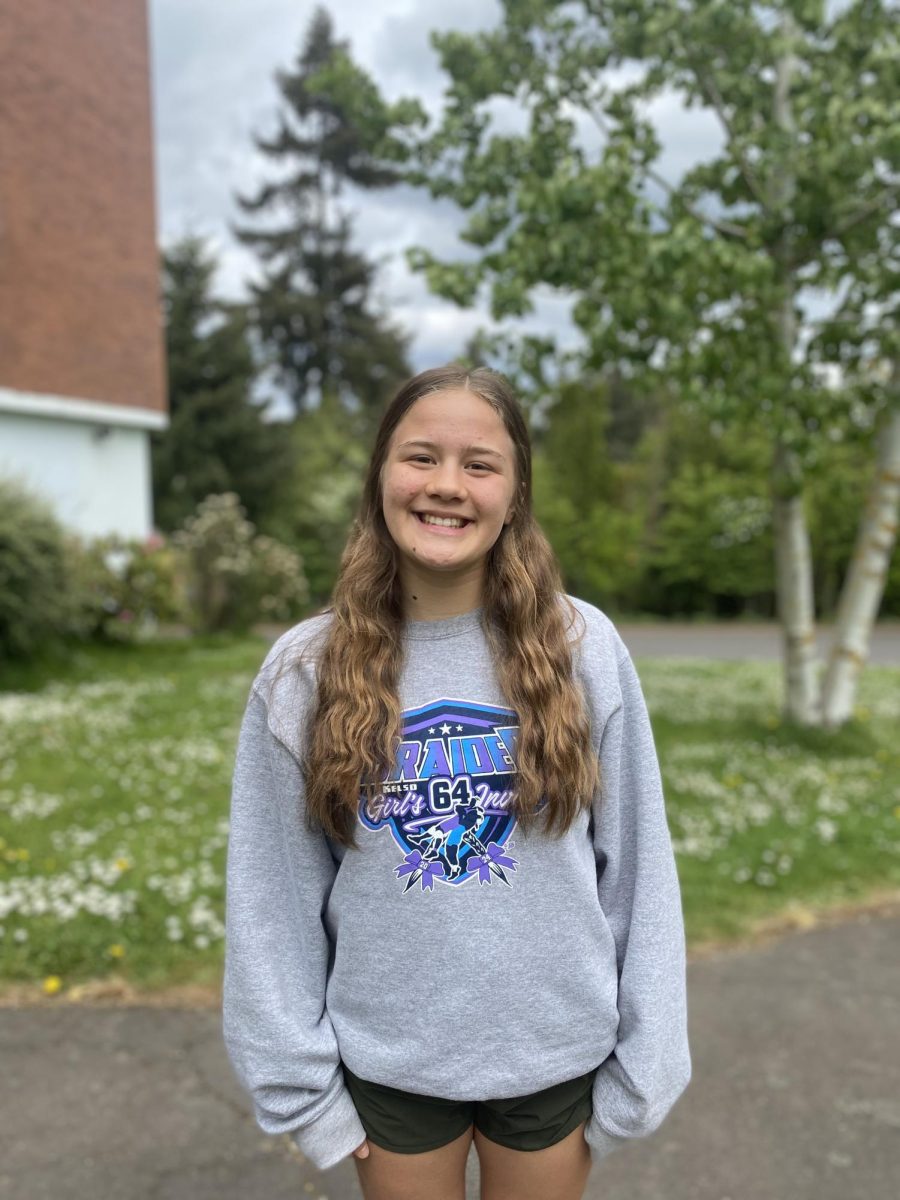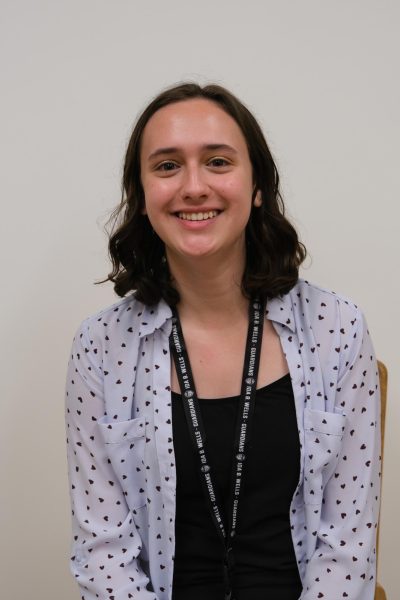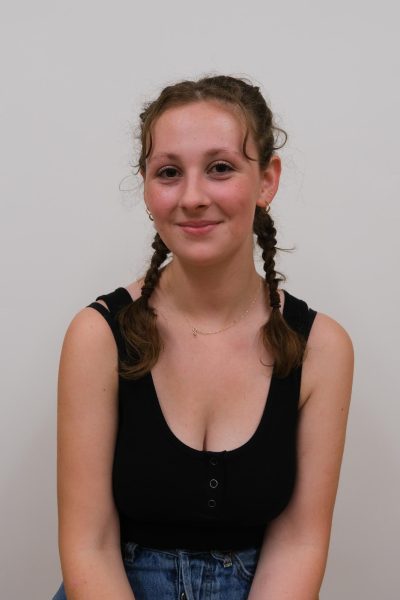“I could continue, I can teach another year, but I am not willing to do all of that extra work,” said Joy Root, an English teacher at Ida B. Wells High School.
After 16 years as an educator, Root has decided that the 2023-24 school year will be her last year as a teacher. She has taught through a global pandemic, the historic PAT teacher strike and is now choosing to find new opportunities that better suit her mental health.
“I have more to me than ‘teacher,’ you know, and that’s important to me. So I had to make a choice,” Root said. Being present in other parts of life was something that Root said became increasingly more difficult. “Abraham [Root’s husband] says to me, ‘well, you know, Joy, you don’t have to do this.’ Like, you’re right. I don’t have to. I don’t have to do this. And you know what? I don’t want to do this.”
Although it is still up in the air what is next for Root, she said that finding a job where she can have a healthy work-life balance is a top priority, something that was missing for her as an educator. “Having a job that is regular hours and potentially, hopefully, like an hour for lunch so that you don’t have to scarf down your food in a giant hurry and you might even be able to read a few pages of a book or anything for yourself, take a little walk, that kind of thing. So something that affords me that possibility is going to be important.”
Root is not alone in her feelings of frustration with the education system. After the teacher strike this past November, many educators were faced with the decision of whether they wanted to keep teaching or not.
Darshanpreet Gill has been a science teacher at McDaniel (formerly Madison) High School for the last six years and has been working in Portland Public Schools (PPS) for nine years.
Gill said, “I had to really talk to myself about like, ‘are you going to stay?’ and if you’re going to stay how are you going to find joy in it so the kids are getting something good out of you being here because if they’re not then you should probably leave.”
Ultimately, Gill has decided that she will continue teaching next year despite her frustration with PPS.
“This [teaching] is the happiest, best thing I could be doing with my life right now,” Gill said. “So this is where it’s at. If I have to work, I’m going to work around kids because you guys are just so joyful to be around even when you’re being insane.”
November 1, 2023 marked the beginning of a historic teachers strike. The Portland Association of Teachers (PAT) is the largest teachers union in Oregon and brought national attention to what they were fighting for. Over 40,000 students didn’t step foot in a classroom for more than three weeks while teachers, community members and families held the line for better school conditions.
The strike began after 10 months of bargaining between the PAT and PPS for a new contract. Members of PPS’s bargaining team did not come to the bargaining table until two weeks into the strike.
Many teachers were under the assumption that the contract they were bargaining would directly improve the student learning experience. They were picketing for more mental health support, more staffing in buildings, more funding going into student-facing positions and aid, and more planning time so teachers could be set up for more successful student contact time.
However, this was not the outcome.
“I really thought we were going to do something super transformative and so I was willing to overextend myself based on that belief,” Gill said. “And then when we really got into it… I was like is that really what it’s like at the bargaining table? Is that really the priorities that they’re talking about?”
An anonymous PPS elementary school teacher said, “To be perfectly honest, I lost a lot of respect for both sides. I am seriously considering opting out of the union because I do not feel like my voice got heard and therefore I’m kind of tired of paying for it.”
The bargaining process was not just emotionally draining for those on picket lines, but educators who sat at the bargaining table themselves.
PAT President, Angela Bonilla said, “It was really difficult to keep listening to people demean you, tell you that your lived experience is not valid, it’s not real, and that they know better than you even if they haven’t taught in the last millennium, and they’ve never taught post-COVID and they definitely not taught at Portland Public Schools post COVID.”
The bargaining came down to “not enough money” and demeaning comments about how money was better spent at central offices.
“You [PPS] have told us what you’re going to cut at schools. You haven’t told us what you’re going to cut at Central Office besides positions that serve kids,” said Bonilla.
“They [PPS] made choices along the way,” Root said. “They made a lot of choices and a lot of their choices were to stall or to just stonewall and say ‘absolutely not,’ or give back the same thing saying that they made changes when they hadn’t.”
What became alarmingly clear to educators, bargaining members and many community members, is that money was at the root of most of these discussions. Whether it is an exaggeration or simply a fact, PPS’ proposed budget for 2023-24 school year of $2.18 billion is a heated debate.
“I will never hear an argument about the size of our budget and be like, ‘oh we don’t have the money,’” said Gill. “Because it’s not about how much money, it’s about how we spend it. That’s the thing I’m most critical about with our district.”
According to the PPS website, the positions of Chief Financial Officer (CFO), Confidential Executive Assistant to the Chief Financial Officer and Director of Budget and Grant Accounting have yet to be filled. The last person to fill the role of CFO was Mei Lee who resigned on Jan. 17, 2018 after five months in the position.
Based on the Comprehensive Annual Financial Report ending on June 2023, PPS spent $27 million more on contracts than they did the previous year and then reported they now have to make $30 million in cuts in the coming school years.
“Why are we spending more on contracts, and then saying we [have] to cut teachers,” said Bonilla. “The level of dysfunction is so deep and entrenched and it doesn’t seem like anyone has any urgency to fix it.”
When money is at the forefront of debate, it is difficult to understand the true needs of teachers and students. However, this is not anything new. PAT Vice President, Jacque Dixon said, “It’s really hard for educators to not feel like this [staff cuts] is punishment or [that] this is a result of the strike. The reality is, I do not think it is a result of the strike. I think it is a result of a lack of public school funding over the past three decades.”
An anonymous PPS substitute said, “It was our [substitute teachers] choice. Did we want to support the teachers? And we did. We wouldn’t have had jobs anyway because school wasn’t running but I would not have crossed a picket line. But in my 40 years of teaching, it’s the first time there’s ever been a strike, ever. So that was huge for me because we’d always come close, and [it] never happened. And so this was kind of eye-opening for me.”
While everyone had a unique experience living and learning through a strike, people at the forefront of either bargaining or organizing saw many sides of the situation. For example, every school in PPS had “strike captain(s)” Root was one of the strike captains for Ida B. Wells High School and Gill was a captain for McDaniel High School.
Root said that through her experience as a strike captain, she learned that, “the ways in which the relationship that teachers have with the administration and the system of education, the way it’s set up, is an abusive relationship.”
The language that was used, primarily by members of the PPS school board, also came to light during this time. Gill said specifically how students were talked about and talked to was upsetting. “You can’t dismiss a single thing that a student says to you like you guys are top tier,” Gill said. “If you are not getting an education, you are not being served. Why do we have nice buildings? Why do I have a job? Why do we have a superintendent? Why does any of it exist?”
Bonilla said, “I mean, Jon Franco [Cheif of Schools at PPS] said at one point, ‘well, I go into buildings and I see smiling faces. So I don’t know why you’re saying it’s so unbearable to be in schools.’ And we’re like, you’re there for 20 minutes. The principal takes you to the smiling faces and then you leave.”
Ultimately, the PAT was fighting for the core values that make education effective for students. “We already knew the system was broken, but it really shed light on those areas that we already knew were struggling,” said Dixon.
Throughout the strike, miscommunication was frequent and frustrating for all parties involved.
“We didn’t get a written class-size proposal until two weeks into the strike. We can’t say we have a contract if we can’t even get a proposal from them on that,” said Bonilla.
According to Class Size Matters, class size caps are available in other states such as Florida which limits grades 4 through 8 to 22 students per class. In Boston, Massachusetts class sizes for grades 3-5 have been limited to 25 students since 2013. While the PAT fought for class size caps during the most recent bargaining session, this was not something that made it into the final contract. Based on data released by the Oregon Department of Education, more than 2,000 classes across PPS have more than 26 students with about 100 of those classes having 36-56 students. This includes Boise-Eliot Elementary School which has 28 students in one of its kindergarten classes.
This was not the only thing the PAT didn’t win. With increasing class sizes combined with staff cuts, special educators have caseloads that are increasingly difficult to manage. The PAT proposals for caseload limits did not get accepted into the final contract. They did, however, reach an agreement to give elementary SpEd teachers 40 minutes each day for paperwork and an additional period of work time for middle and high school SpEd educators.
Coming back on Nov. 27, 2023 teachers were given two hours before students came into school to prepare for the day. Part of this time included mandatory staff meetings. For many teachers and students alike, there were simultaneous feelings of relief being back in class and disillusionment with the results of the strike.
The return to school after nearly a month is not something to be overlooked. Many students and teachers were affected by the disturbance to their routines. For elementary school students and families, this transition was particularly confusing.
An anonymous PPS elementary school teacher said that some of the teachers went to visit their students at their after-school program during the strike. The teacher said, “That day, I cried because a few of my kids just looked up at me like ‘you’re doing this. Why are you doing this? This isn’t COVID, this is you choosing it.’ And I felt that for my kids and my parents. It’s like, this is hard for them. It came at a huge cost to our community as an elementary school. It was so confusing for the kids.”
Not only were children confused, but educators were left wondering when they would return to their overwhelming working conditions. Each teacher has their own system for maintaining a healthy work-life balance.
Jay Rishel has been in education for the past 24 years, primarily teaching various levels of English classes in PPS high schools. Currently, Rishel serves as the Instructional Specialist for Ida B. Wells High School — a position that he started last year to help find a new way to be excited about education.
“I’ve been teaching for 22 years and it does feel like a grind after a while and I wanted something to re-energize my career in some way,” said Rishel.
Doing the same thing day in, and day out with the ever-changing climates and conditions of schools is an exhausting task for anyone. Teachers’ jobs have been changing at an incredibly rapid pace with the expansion of technology and social media as well as coming back from a global pandemic.
“I definitely felt like in the last few years of teaching, especially after COVID, there was what some people term ‘job creep,’” said Rishel. “And that is the things that are added to your job that are not part of your job description. They grow and grow and grow. You feel like you’re a mental health provider in some ways like you’re trying to be a mental health support system for students.”
With his new position in IBW, Rishel has found a way to stay connected with the school community while having a more balanced work schedule.
Other teachers found different solutions.
An anonymous educator with a 40-year career said, “I was starting to burn out and not love teaching. And that bothered me. I knew I still wanted to sub,” the teacher said. “My decision was to sub because it was less stressful because I could say no to a job, but I could still get my love of teaching… That’s why I left. I mean 31 years is a full career but it was getting so hard and so stressful that I didn’t want to hate my job. So I retired and now I’m subbing till I don’t know how long.”
Another anonymous elementary school teacher said, “There’s only so much you can do. And like for me I get in the car every day and there’s so many things that happen to you all day long. I think about my three things that went well that day and then I tell myself that I’m not allowed to think about school my whole night. And I mean it’s really hard and it’s not like it doesn’t happen, I do go home and work a lot.”
Sexist values are not absent from the field of education. “This job is a feminized profession meaning, just like nursing, it is expected to be done by young women and is undervalued and underpaid. And so we are expected to do 60 hours of work in 40 hours and when we say it’s not doable, they say ‘well don’t you care about the kids?’” said Bonilla.
The city of Portland has a racist history which impacts the way that students and staff of color are treated. PPS lacks diversity in its teachers, as of 2020, 89.2% of all staff in PPS identified as white compared to 45.4% of BIPOC students across the district.
PPS recruited Gill from California seemingly to fill their diversity quota, and since then she has seen firsthand the challenges that the PPS community is all too familiar with.
“I didn’t know that PPS likes to do that, where they take teachers of color and put them in schools where they’re like, ‘you’re going to be more effective because there’s kids of color here,’” Gill said. “I kind of see the point but I think you should be transparent and offer additional supports in training, especially if you’re not from Portland because there’s a racist history.”
Gill said, “I think people assume I know [Portland’s history] just because I’m not white, but I don’t. I do now, but I didn’t.”
Bonilla has been working in PPS since 2004 as a Spanish Immersion educator and a variety of other positions. After persistent pushback, she was appointed to the bargaining team and eventually ran for president with Dixon as her running mate.
“I realized when I felt powerless at work, I had to lean into my union,” said Bonilla.
While the PAT worked to provide support to students and educators, questioning district leadership had its challenges. “We had a lot of administrators of color being put into positions of power, who then used that power to do things that we saw on the ground, were harming our students of color,” said Bonilla. “But, with our all-white leadership, it’s really hard to challenge those things and call out that racism. First, because we never got the training we demanded and put in our contract on anti-racism implicit bias, and culturally responsive practices, but also because we didn’t have those perspectives and leadership in our union.”
Dixon has been working in education for PPS for nearly 20 years. Her background spans from being an English teacher at Marshal High School to establishing affinity clubs and programs for students of color to find community. In more recent years, Dixon became more involved in the PAT. Throughout the strike, Dixon worked as an organizer and MC for the pickets and provided support to teachers and union members.
“I was very much interested in carving out a space that supported folks that looked like me,” said Dixon. “I just wanted to help support other educators of color and students of color and that was really what drove me to get involved.”
Ultimately, PPS has a long way to go before staff, students, families and the community can feel adequately provided for and heard.
“You [PPS] can’t hide from us,” said Bonilla. “You can’t keep doing this stuff and think there’s no consequence. Our school board isn’t used to being publicly elected officials. They think they should be safe from any criticism or feedback or pushback. But that’s our civic duty as people who live in this society, we hold them accountable”


